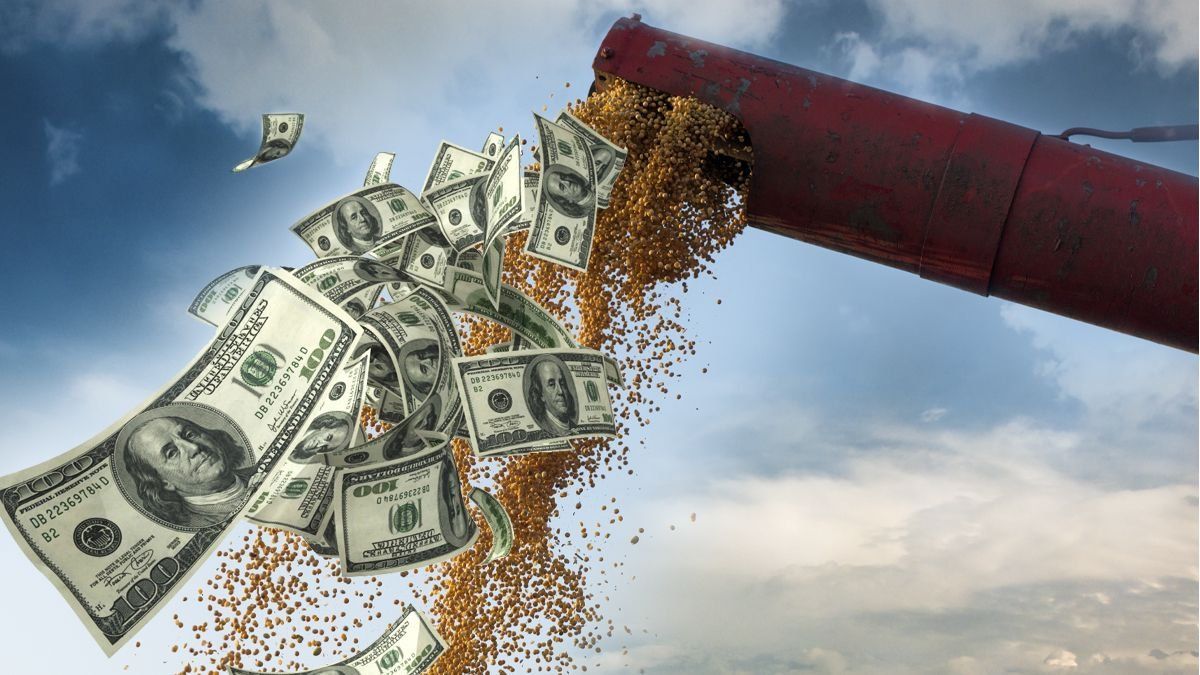In the medium term, inflation will not drop if fiscal policy does not change. It is that the BCRA is bankrupt, due to the fact that it constantly finances a National Treasury that does not have the capacity to pay. Therefore, the monetary authority has to constantly appeal to the issuance of currency.
If the government fails to renew the maturities, it will not only have to print to pay for them, but it is likely that a run will be generated on the bond market in pesos, and it will also have to issue to control yields, just like in June.
If we analyze relative prices, the Official Dollar should trade 30% above current prices. That is the maximum discrete jump that we expect for the official dollar. Now with the expected income from the Soybean Dollar, the swap with China and the IDB, it is a possibility that is fading. In any case, we must keep the position in Dollar Linked short, since we expect it to grow above inflation.
In 2023 the local economy will grow between 1% and 2%. Massa is willing to cool it down via fewer imports, in exchange for delaying a strong devaluation and lowering inflation.
The scenario of rising rates in the United States, together with the difficulties that Argentina will have to pay the debt in dollars, makes long-term holding of sovereign hard-currency bonds unfeasible (actually for emerging markets). It is key to move quickly towards the primary fiscal balance, otherwise there will be difficulties in going to the capital market and facing the maturities that operate from 2025.
But for the short term, dollar bonds are very cheap, with yields above 47%. In this regard, the (speculative) possession of AL29 and AL30 it can leave good profits of at least 19% in hard currency if there are cuts in the IRR to 40% per year… An exchange adjustment that allows the BCRA to accumulate reserves could help to lower implicit rates.
In addition to occasional trading due to the very low prices of bonds in dollars (returning to having an annual IRR of 35% already means an increase of at least 36%), the bonds can benefit from an electoral rallyin the event (later) that the polls indicate that the opposition is going to clearly win over the ruling party.
The debt in pesos is sustainable but uncertainty exists, which is why the investment in CER is positive if we focus on the short part of the curve, with the Lecer in April and the Boncer TX23 that expires in March as long. With these assets we can put together a portfolio with a duration of less than 4 months with a yield of CER +1.84% (TNA 99%), while a fixed term pays CER -24% (TNA 75%).
CER bonds are attractive, considering that almost all assets with a 2023 maturity are trading at positive real rates. Now with Fair Prices, it is to be expected that inflation will begin to fall below 6.2%, even below 6%; if this happens, the short LEDs will perform better than the Lecer.
With the new dollar for the regional economies and the return of the soybean dollar, the Government tries to get bills from wherever it can so as not to devalue. But taking into account that the BCRA’s sales in the MULC will continue until the heavy harvest returns in the second quarter of next year, we would not be surprised by an exchange jump that takes the wholesale dollar to around $200/$240 towards January. Although we like CER bonds, seeing that the Wholesale Dollar rises at a rate of more than 6% per month, the TV23 is an alternative to consider, while we are covering ourselves if there is a devaluation jump.
In the event that there is no exchange rate jump and inflation falls slightly from current levels, fixed-rate bills are well positioned as they have higher yields than fixed-term bills.
The bullish rally that local shares had could be nearing its end, since they got back in line with inflation. It would be good to take profits and look at the market from the outside, especially if future movements are going to be in line with inflation, it would be convenient to be positioned in fixed income instruments.
Financial Business Analyst at Wise Capital.
Source: Ambito
David William is a talented author who has made a name for himself in the world of writing. He is a professional author who writes on a wide range of topics, from general interest to opinion news. David is currently working as a writer at 24 hours worlds where he brings his unique perspective and in-depth research to his articles, making them both informative and engaging.




